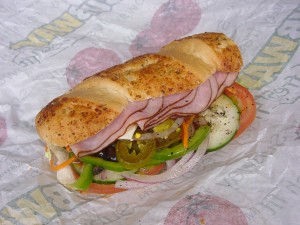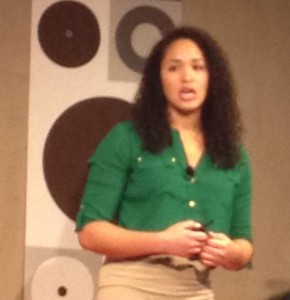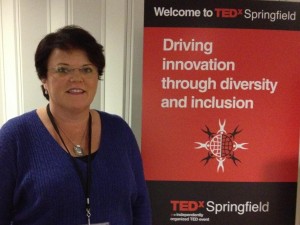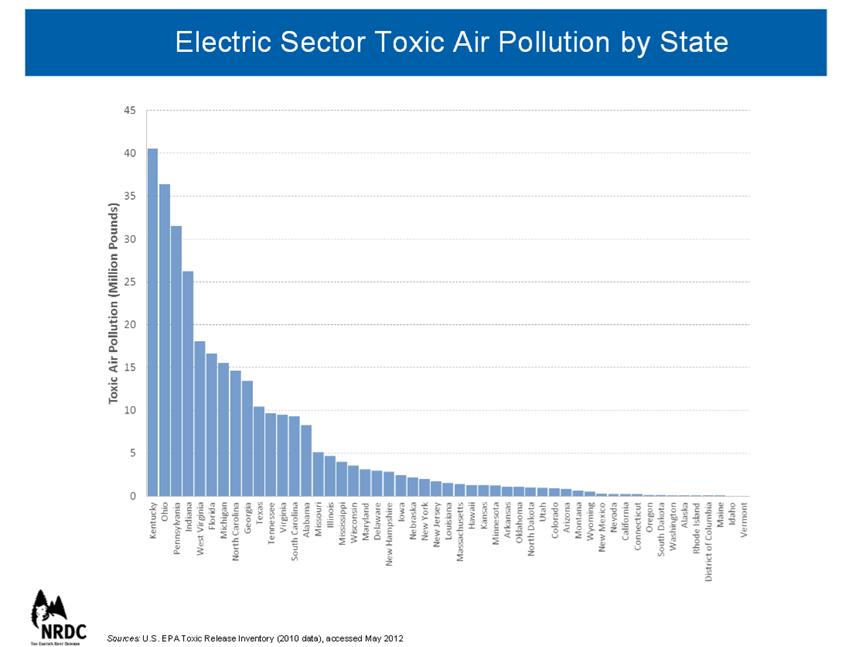Subway Reaches 40,000 Locations; Growth Continues for World’s #1 Fast Food Chain
/
The Connecticut-headquartered SUBWAY® restaurant chain, which has been providing franchising opportunities to entrepreneurs since 1965 and is approaching its 48th year in business, has opened its 40,000th location at an Apple Green petrol station in Ipswich, England.
The opening reflects the consistent growth of the Subway brand, which has opened nearly 2,000 new locations around the world since the start of the year. In 1965, Subway was founded by 17 year-old Connecticut high school graduate Fred DeLuca, along with family friend Dr. Peter Buck. The first restaurant opened in Bridgeport in 1965 and was called Pete’s Super Submarines. The first franchised Subway unit opened in 1974 in Wallingford.
“This is certainly a testament to the dedication and hard work of the entire Subway team, who I often refer to as The Greatest Team in Franchising History,” said DeLuca. “I am proud to be part of a team that provides thousands of jobs for people at our restaurants, field, offices, headquarters and partner offices around the world. Our franchisees are a diverse group of small business owners who take a great deal of pride in serving their customers.” 
CNN Money has reported that the “home of the $5 foot-long sub” is the most popular franchise (ahead of Quiznos, the UPS Store and Cold Stone Creamery) and biggest fast-food chain in the world, with an initial franchise fee startup is $15,000, a fairly low sum compared to other brands. With fewer than 8% of SBA-backed borrowers defaulting on their loans, Subway has a better track record than similar brands -- rival sub shop Blimpie has a 46% loan failure rate, and Quiznos is also well into the double digits, according to CNN Money.
This latest milestone puts the Subway brand far ahead of its competitors in the Quick Service Restaurant industry. Of the top restaurant chains, the next closest is more than 5,500 locations behind. Beyond that, the next three are between 21,000 and 33,000 behind, the company reported.
The combination of global branding, minimal upfront outlay of cash, and low loan default rates have made Subway the most popular brand in the last decade for entrepreneurs looking to open a franchise, the CNN website reported, based on the SBA's lending data.
The U.K. is the brand’s third largest  market, behind the U.S. and Canada, with more than 1,500 locations. In all, there are 14,000 International locations in 102 countries outside the U.S. The Eastern European nation of Estonia recently witnessed the opening its first Subway franchise.
market, behind the U.S. and Canada, with more than 1,500 locations. In all, there are 14,000 International locations in 102 countries outside the U.S. The Eastern European nation of Estonia recently witnessed the opening its first Subway franchise.
The company headquarters remains in Milford, with additional regional and country offices in Amsterdam, Beirut, Brisbane, Miami and Singapore, employing about 1,000 people in total. Worldwide, its franchisees provide more than 300,000 jobs in the communities where they are located. With a robust social community of over 25 million, Subway engages daily with consumers from around the world.
In 2012, Subway became the first quick service restaurant to meet the American Heart Association's Heart Check Meal Certification Program nutritional criteria. Earlier this year, the Connecticut Post reported that DeLuca plans to reach 50,000 sandwich shops in four years. The chain, which has attracted customers with lower-calorie and reduced-sodium sandwiches, is competing with Yum! Brands in India, China and Japan, as it proceeds with plans to open 300 stores in each nation in the next three years, DeLuca told the Post.



















































